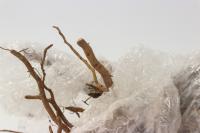1、 Curing method
1. Temperature: chives have strong cold and high temperature resistance. I like a warmer environment best. The temperature suitable for its growth is 18 degrees to 30 degrees, so it is necessary to master the appropriate temperature. At the same time, it is best to breed in the greenhouse or indoors in winter, so as to ensure that the yield will not be affected
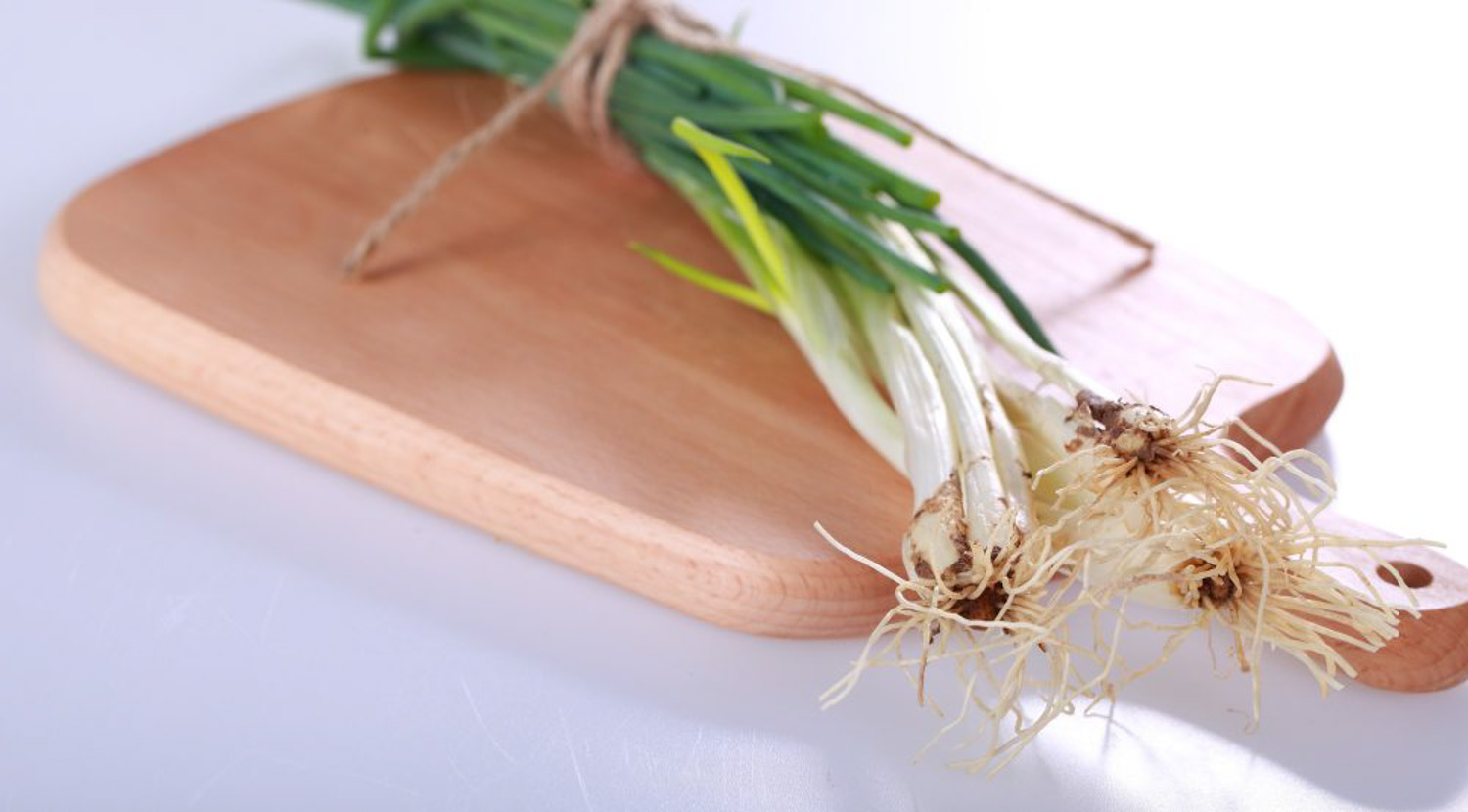
2. Watering: the normal growth of chives needs enough water. The soil must be kept moist so that it can grow taller and stronger. Its drought tolerance is very low, so it needs more watering. Especially in summer, pay more attention to watering once a week and thoroughly. Try not to flood and be careful of plant root rot

3. Light: just keep warm sunshine during growth. Sufficient light can make its branches and leaves more green and grow well. However, it should be noted that it can't bear strong light. The irradiation of strong light will make its taste worse, so its edible value will be greatly reduced
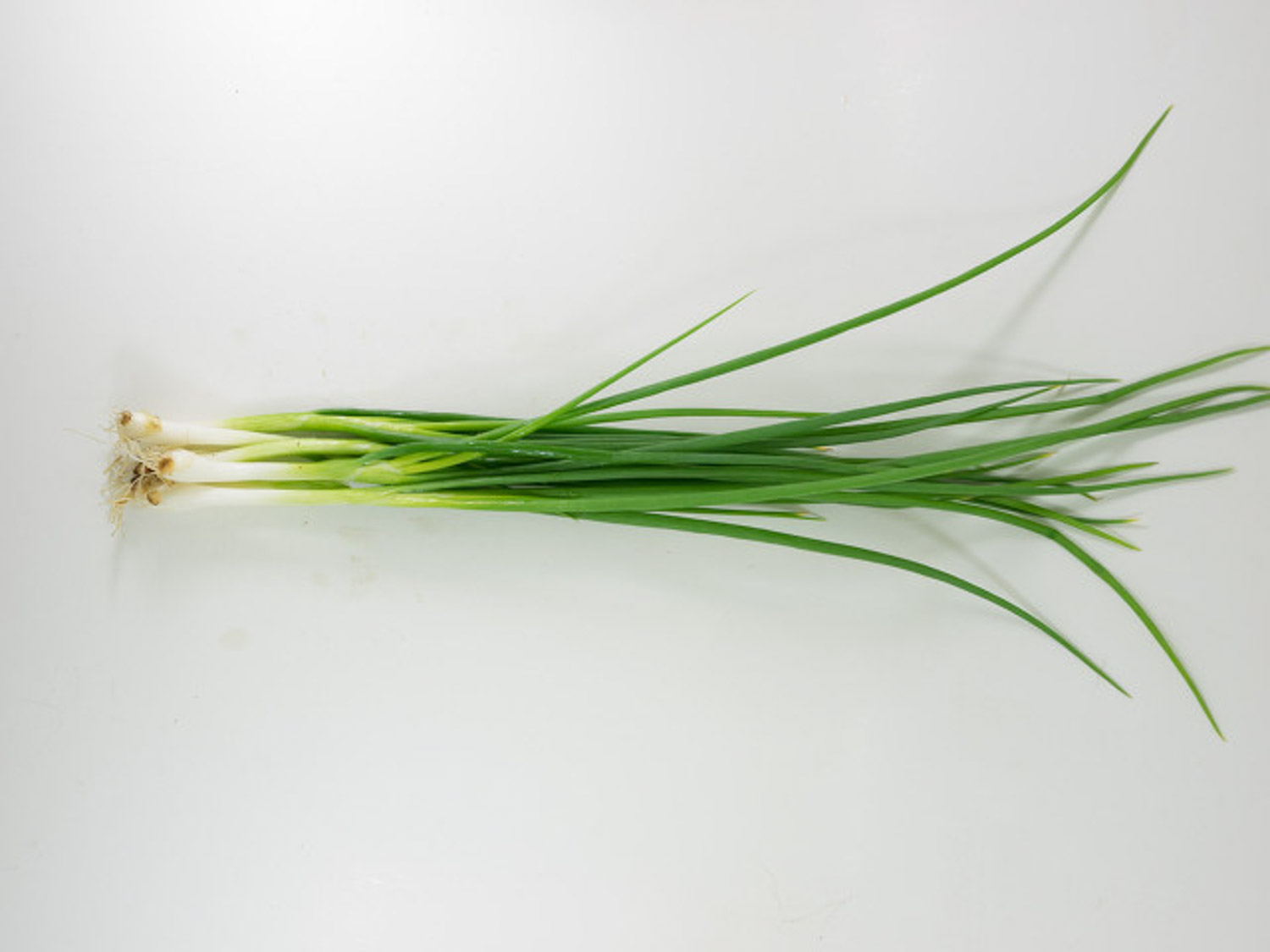
4. Fertilization: shallot is not suitable for applying agricultural fertilizer. It needs to be applied with some chemical fertilizer. However, it should also be noted that it cannot be phosphate fertilizer. Watering is required after fertilization. Reducing the application of phosphate fertilizer can also control the occurrence of diseases and pests
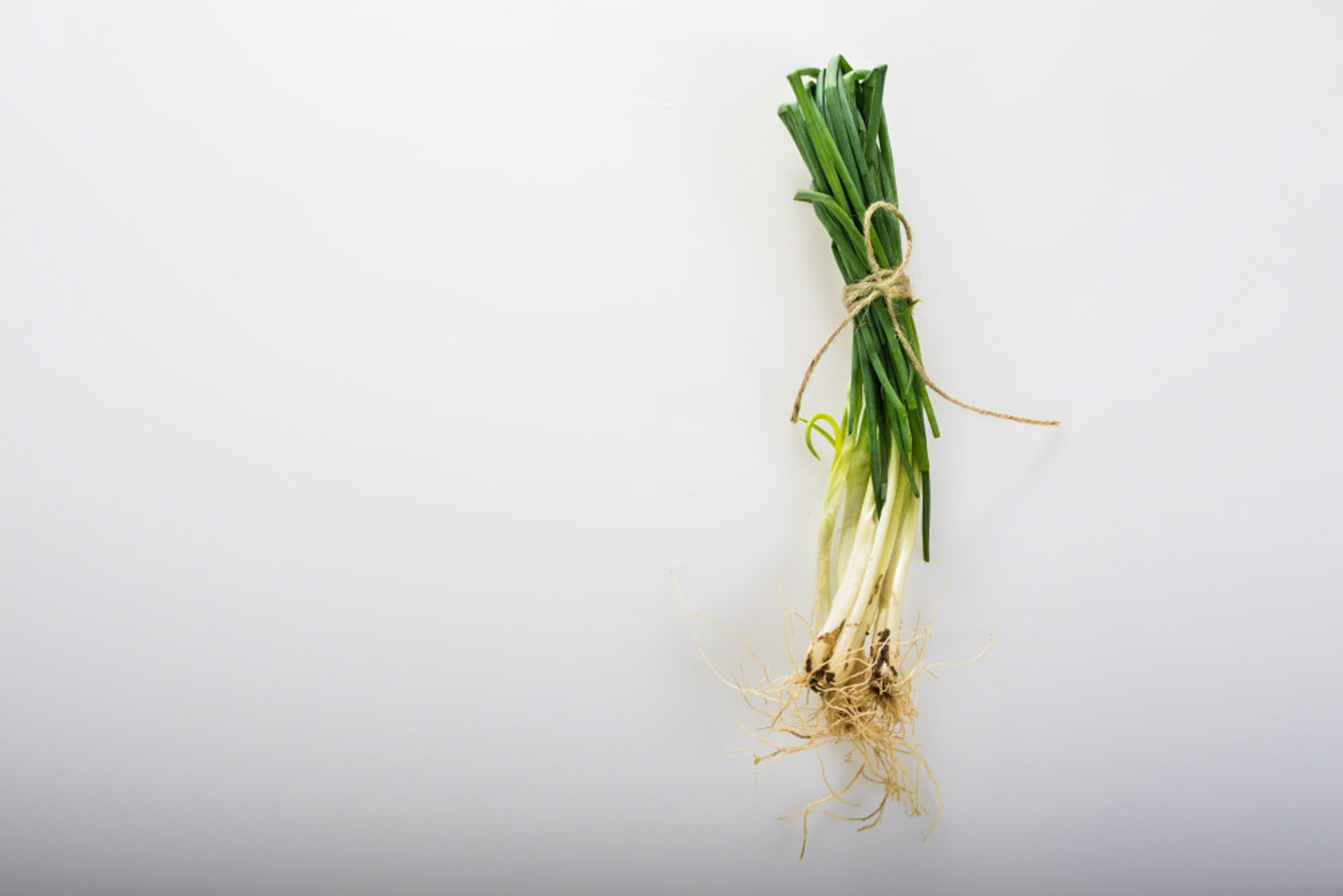
2、 Breeding skills
1. Reproduction: sowing is the main way. It is also possible in spring and autumn. The temperature of seed growth is between 13 ℃ and 20 ℃. After the seeds are directly sown on it, cover it with a thin layer of soil, and then water it thoroughly. It can germinate in almost two weeks. At the same time, pay attention to the light
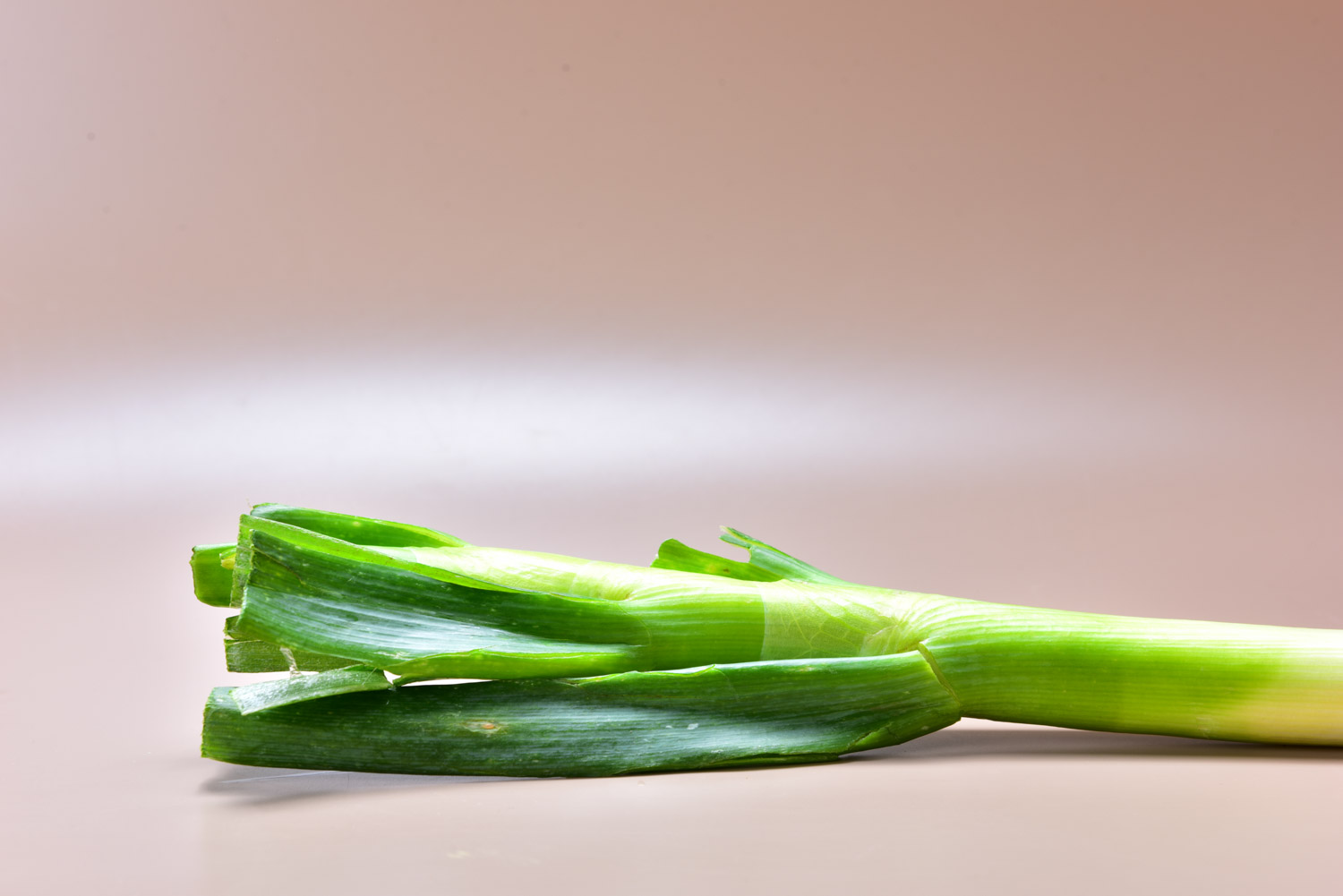
2. Pruning: there is no need to prune. As an edible crop, if there are yellowing branches and leaves, they can be directly removed. At the same time, there may be lodging, they can also be pruned

3、 Diagnosis and treatment problems
1. Disease: gray mold will appear and affect the color and growth rate of plants. It can be controlled by spraying pesticides
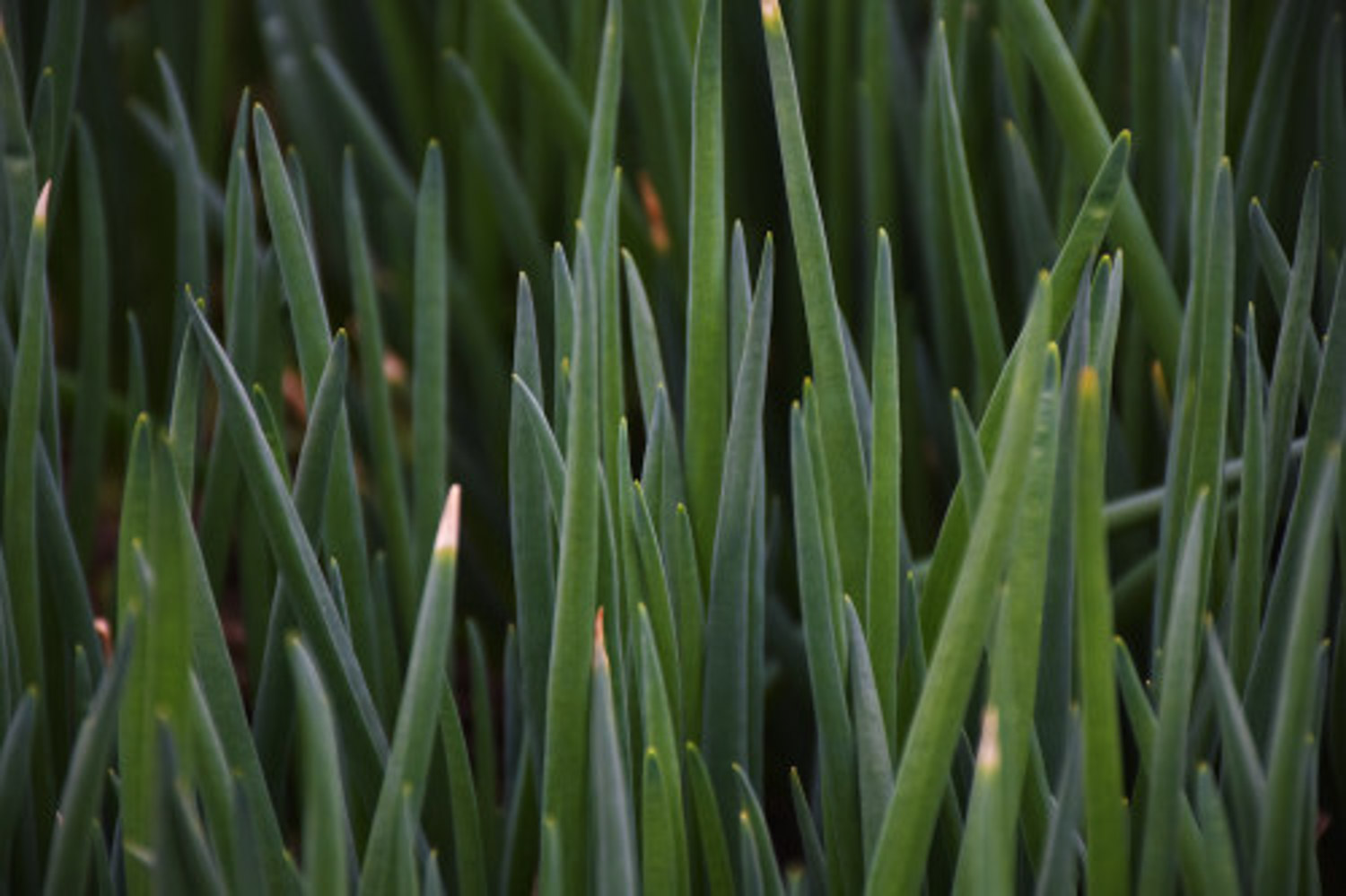
2. Insect pests: onion maggots will appear inside the branches and leaves of the plant. It is necessary to pay attention to fertilization. In addition to phosphorus fertilizer, ventilation is also required. Insecticide or trichlorfon solution can be sprayed to control and prevent
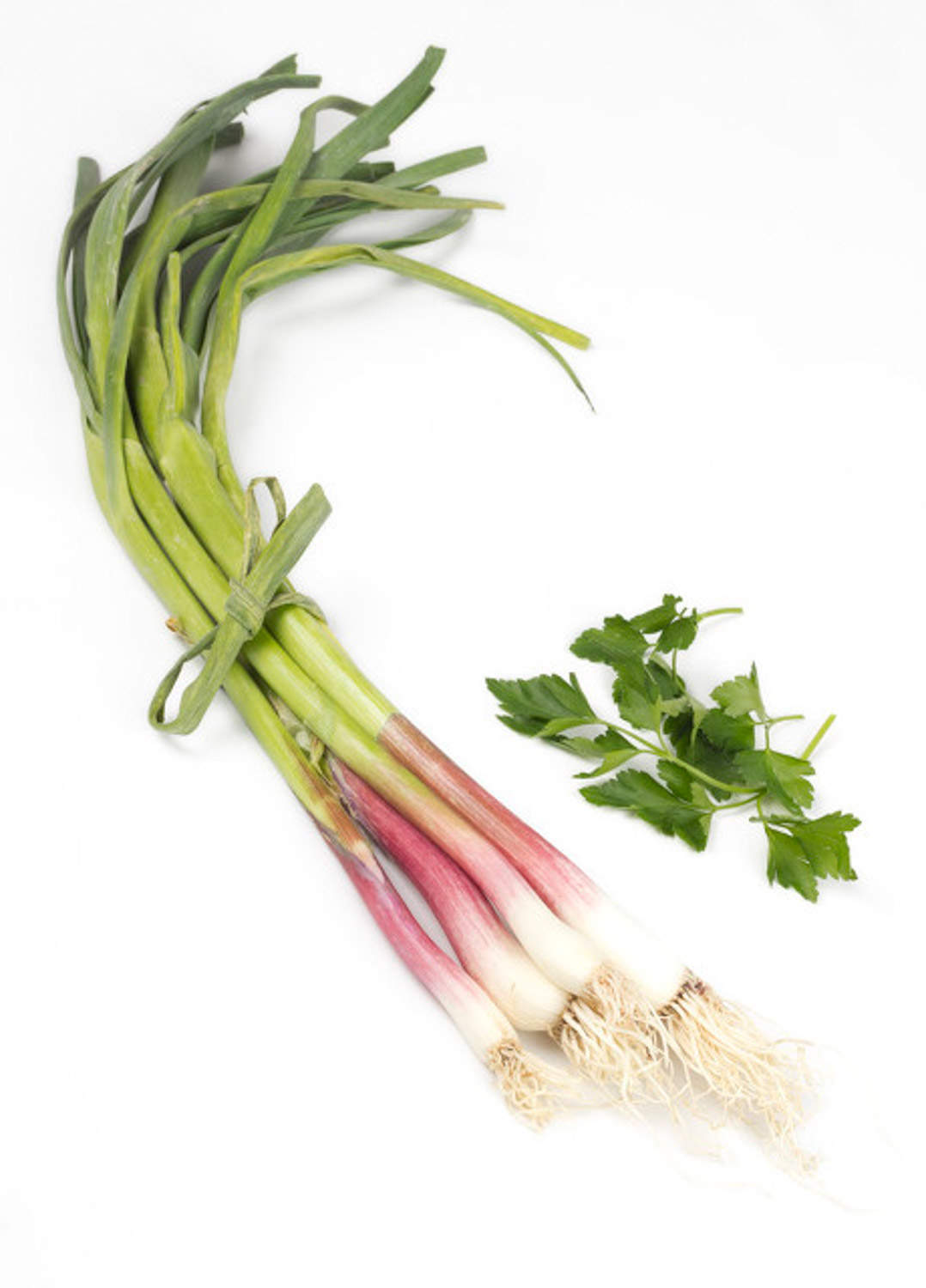
4、 Other issues
1. Toxicity: no poison, good seasoning, deeply loved by everyone

2. Whether it can be raised at home: Yes, but it should not be placed in a hidden place when raising at home. It is best to breed on the balcony
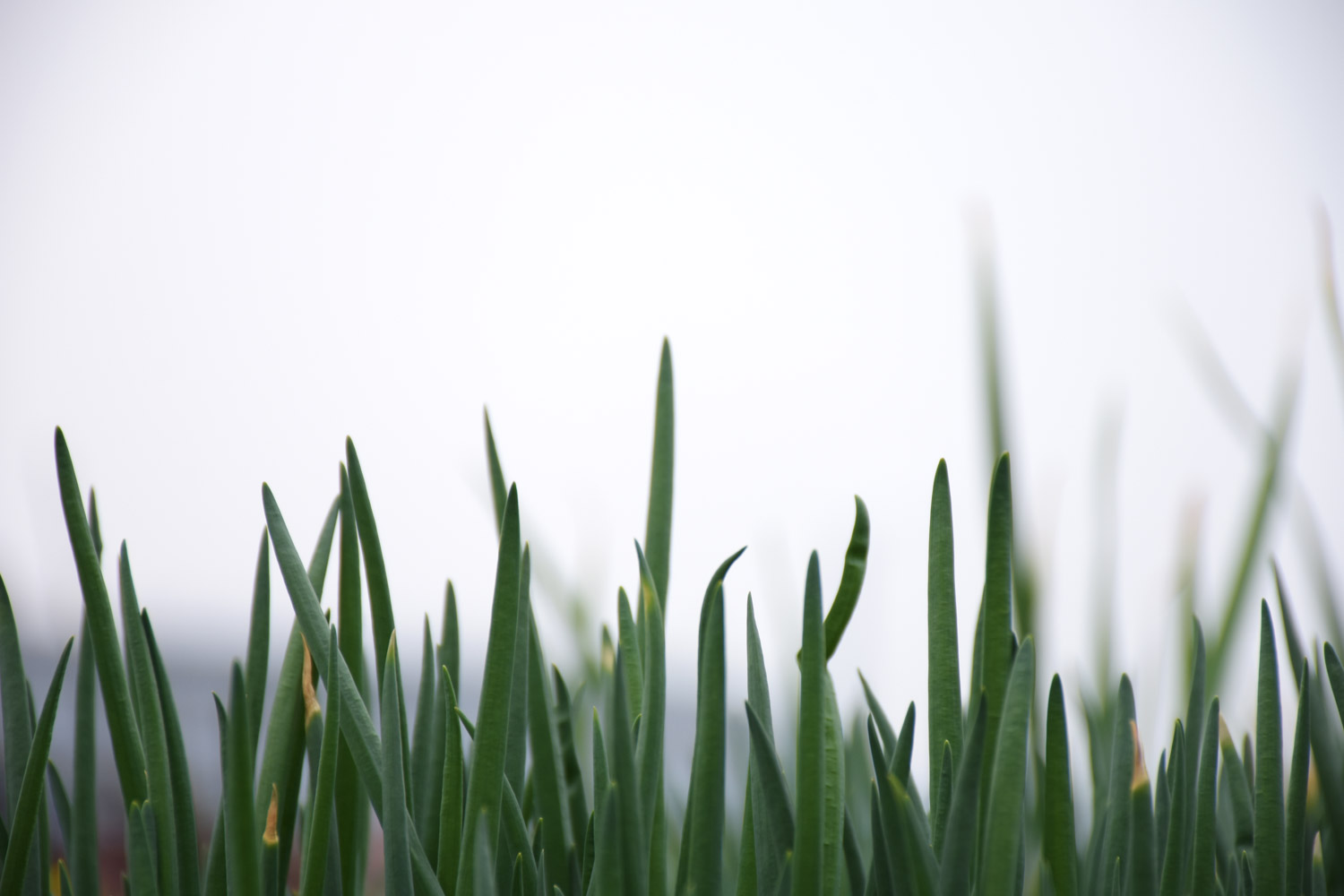

 jackfruit
jackfruit snake plant
snake plant hibiscus
hibiscus hydrangea
hydrangea lavender
lavender Green roses climb al...
Green roses climb al... If you don't pay att...
If you don't pay att... Management of four g...
Management of four g...
































